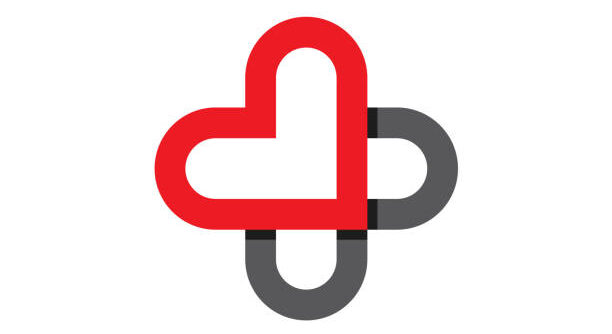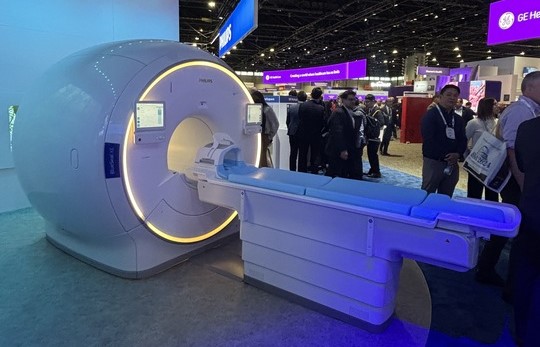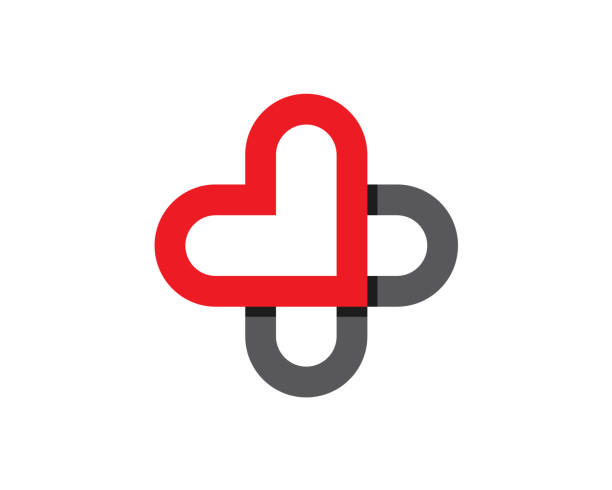
Achieving high-quality patient care is at the forefront of every hospital’s mission. This is a tall task — one that requires collaboration across disciplines, a culture of frontline staff empowerment and the inclusion of patient voices, according to a panel of hospital executives.
On Monday during a session at the symplr Healthcare Operations Summit in Chicago, hospital leaders discussed how they are rethinking traditional workflows and hierarchies to ensure more team members can play an active role in driving better outcomes.
Quality is a team sport
At MaineHealth, executives “always talk about quality and patient safety in the context of being a team sport,” noted Omar Hasan, the health system’s chief quality officer.
To help promote interprofessional collaboration, the health system pairs up the chief medical officer and chief nursing officer at each of its hospitals to co-chair the quality and safety committee, he said.
Fellow panelist Vi-Anne Antrum — chief nursing officer at North Carolina-based Cone Health — also highlighted the importance of collaboration between nurses and physicians.
“Nurses are very committed to the outcomes and safety of their patients, as are really everyone who works in healthcare. One of the things you can do is make it easy for the nurses to be able to engage with their physician colleagues — because they are passionate about [quality]. And in my experience, our physician colleagues care very much about the experience of the nurses and the rest of the care team that they’re working with,” she remarked.
She added that hospitals need to create a culture in which all employees are empowered to speak up.
“I think sometimes, in some organizations, you create hierarchical structures that really deteriorate psychological safety and someone’s ability and freedom to be able to speak up,” Antrum stated.
Engage clinicians in supply chain decisions
In an effort to further improve operations and save money, Cone has begun to pair its supply chain experts more closely with its clinical operations staff, Antrum said.
“That partnership between materials management and our nursing team members is really critical to make sure that they have what they need at their fingertips to be able to take care of patients, and that extraneous supplies that they don’t need aren’t there to distract them. It also helps us make sure that we’re appropriately charging for all of the supplies that we’re using, and we’re keeping tabs on when we’re needing to increase PAR inventory levels and things like that,” she explained.
In the past, Cone didn’t involve physicians — the people who actually administer many high-cost medical supplies — in decisions about what to buy, Antrum noted.
Once the health system started sharing cost data with physicians, she said it made a big difference.
For instance, Cone presented anesthesiologists with data showing the price difference between two anesthesia drugs. The physicians hadn’t realized one was significantly more expensive without offering any additional benefit — and once they saw the data, they immediately agreed to switch to the lower-cost drug, Antrum stated.
Patient voices matter
In addition to nurses and physicians, non-clinicians can provide valuable input for quality improvements, Hasan declared.
MaineHealth involves patients and families in its quality strategy through advisory councils, particularly in areas like pediatric care and surgical pathways, he said.
“We have used technology to be able to create a cohort of patients out in the community. They’re not actively receiving care, or they may have received care in the past, but we can send out a survey to them with focused questions about a particular design feature in our digital health platform, such as [what] the scheduling menu should look like,” Hasan explained.
Another panelist — Tony Seupaul, chief physician executive at Virginia-based Carilion Clinic — also pointed out that patient and family engagement is crucial to maintaining quality and safety.
“Sometimes the greatest advocates you can find are the patients and families that are most angry with the care you provide,” Seupaul declared.
He advised health systems to sit down with these disgruntled families, listen to their stories, and then make changes to address their concerns. He also noted that Carilion has made several operational improvements that were a direct result of patient feedback.
Cone Health involves patients in its safety and process improvement efforts as well, Antrum stated. The health system includes former patients on its culture of safety committee and shares data with them, she said.
“We share the good, the bad, everything with them. They see all of our data, and they help us design our processes. I think having them engaged, at the table, and being part of the conversation is important. There’s not a replacement for their voice,” Antrum remarked.
Photo: marchmeena29, Getty Images





